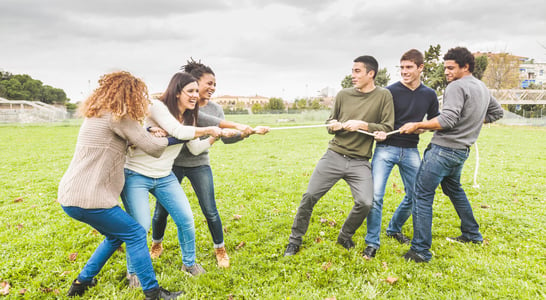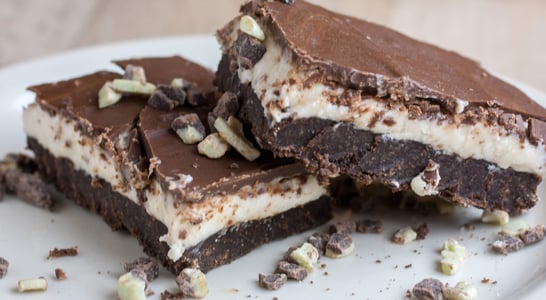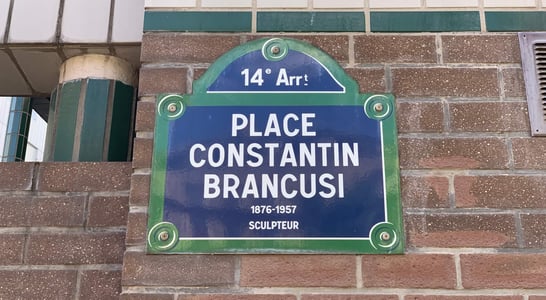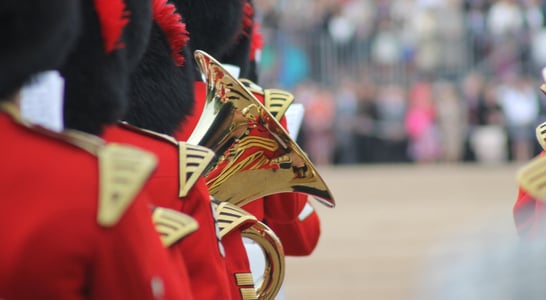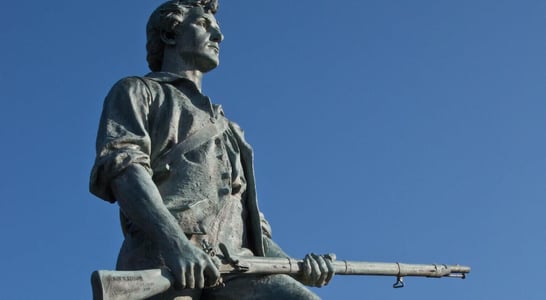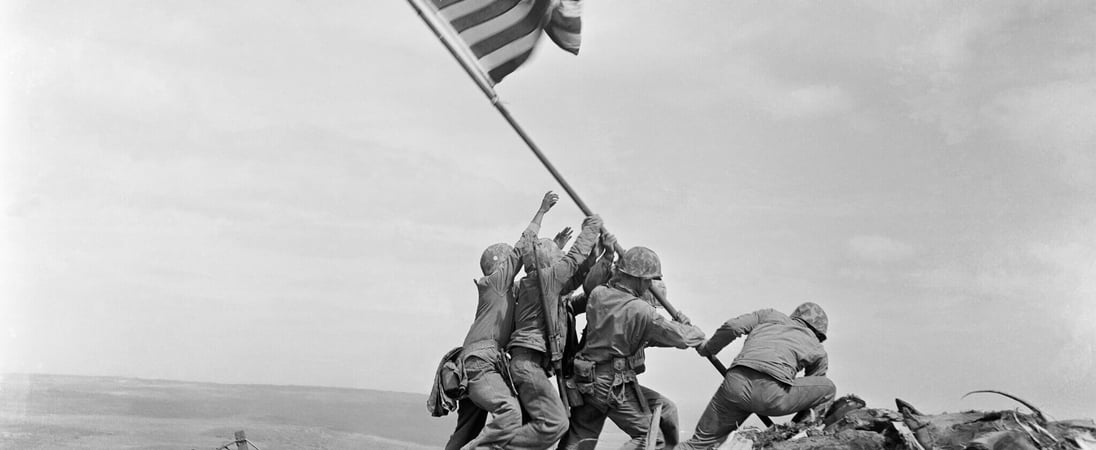
Iwo Jima Day
Iwo Jima Day honors the bravery and sacrifice of the U.S. Marines who fought in one of World War II’s most intense battles.
This day is more than just a remembrance of a historical event; it highlights the courage and determination shown during the battle. The iconic image of Marines raising the American flag atop Mount Suribachi symbolizes the grit and unity of those who served.
How to Celebrate Iwo Jima Day
Visit a Memorial
Explore a local war memorial or the famous Marine Corps War Memorial. These places provide a serene environment to reflect on the sacrifices made by the Marines during the Battle of Iwo Jima.
A visit helps connect with history and honor those who served bravely.
Watch a Documentary
Grab some popcorn and watch a documentary or movie about Iwo Jima. Films like “Flags of Our Fathers” and “Letters from Iwo Jima” offer gripping portrayals of the battle. This is a great way to understand the historical significance while staying entertained.
Organize a Ceremony
Gather friends and family for a small ceremony or memorial service. Share stories, read about the battle, and invite a local veteran to speak. This creates a meaningful and educational experience for everyone involved.
Read Books and Articles
Dive into books or online articles about Iwo Jima to expand your knowledge. This is a perfect way to appreciate the bravery and strategies used during the battle. Plus, it’s a good excuse to enjoy some quiet reading time.
Thank a Veteran
Express gratitude to a veteran you know. A simple thank you or a heartfelt note can make a veteran’s day. Their courage and dedication deserve recognition, especially on a day like Iwo Jima Day.
History of Iwo Jima Day
Iwo Jima Day began as a tribute to the U.S. Marines who fought in the Battle of Iwo Jima during World War II. This commemoration was first observed in 1945, shortly after the battle ended. It was initiated by the U.S. Marine Corps to honor the bravery and sacrifices of the sailors and marines who took part in this fierce fight.
The decision to start this day came from the Marine Corps leadership. They wanted a dedicated day to remember the significant loss and immense courage displayed by the Marines.
This day holds significant meaning for the U.S. Marine Corps and the broader military community. The battle was crucial in the Pacific campaign, marking a strategic victory against Japanese forces.
Marines faced harsh conditions and fierce resistance, demonstrating extraordinary bravery and resilience. This valor is commemorated to remind us of their sacrifices and the impact of their actions on the outcome of the war.
Over time, Iwo Jima Day has grown in importance and is now observed annually, serving as a reminder of the historical event where many marines gave their lives. It also educates the public about the battle’s significance and the heroism shown.
Observing this day helps keep the memory of those brave Marines alive for future generations.
Iwo Jima Day FAQs
Why do some people view Iwo Jima Day as a day of unity and friendship between Japan and the United States?
Although Iwo Jima Day commemorates a fierce WWII battle, it also reflects a modern bond between Japan and the United States.
The two nations collaborate closely on many global issues and honor their veterans together. Memorial events often emphasize peace, shared history, and friendship.
For example, joint ceremonies in Japan remember all lives lost, acknowledging a painful but shared past.
This cooperative outlook mirrors the wider transformation of Japan-U.S. relations over the decades, from wartime enemies to strategic allies.
Why is Mount Suribachi a symbol of resilience in Japanese culture?
Mount Suribachi, the high point on Iwo Jima, has cultural significance beyond the battle.
For Japanese residents, it symbolizes survival and transformation. Volcanic activity shaped the island, and Mount Suribachi stands as a reminder of nature’s power and resilience.
Even today, it’s seen as a natural landmark embodying strength and adaptability. For locals and historians, it reflects both a storied past and enduring geographical presence.
What are some lesser-known facts about the iconic Iwo Jima flag-raising photo?
The iconic photo captured the second flag-raising on Mount Suribachi. A smaller flag was raised earlier, but it wasn’t visible enough from the shore, so a larger flag replaced it.
Surprisingly, photographer Joe Rosenthal almost missed the shot. He snapped the famous image just as the Marines positioned the flagpole.
This serendipitous capture became one of WWII’s most recognized photos, and for years, rumors claimed it was staged (it wasn’t).
What does “Iwo Jima” mean, and why did its name change several times?
“Iwo Jima” translates to “Sulfur Island” in Japanese, a name stemming from its volcanic landscape and sulfuric smell.
Interestingly, locals called it “Ioto,” a traditional name the Japanese government reinstated in 2007 to honor historical customs.
During WWII, “Iwo Jima” became more widely known, particularly in U.S. military contexts. This renaming reflects cultural sensitivity and Japan’s efforts to preserve its heritage and identity.
How does Japan remember Iwo Jima Day differently than the U.S.?
In Japan, Iwo Jima Day events are usually solemn, focusing on peace and remembrance.
Ceremonies often include prayer services and time for silent reflection. Japanese people honor all lives lost, showing respect for both American and Japanese military.
The day is less of a patriotic event and more about mutual respect. Unlike U.S. commemorations, which highlight heroism, Japan’s observances lean toward pacifism and honoring the sacrifices on both sides.
Did any cultural myths arise around the Battle of Iwo Jima?
Yes, several myths surround the battle. Some believe that touching Mount Suribachi brings good luck because it’s a site of profound courage.
Additionally, a false rumor spread that the volcanic terrain was so hot, that the marines couldn’t walk without burning their boots.
This myth added an extra layer of mystique, but in reality, volcanic activity was not a major issue during the battle.
What unique traditions have military veterans created to commemorate Iwo Jima Day?
Veterans often commemorate Iwo Jima Day with physical challenges, including endurance hikes to symbolize the struggle.
The 26.2-mile march in Washington, D.C., honors the 36 days of fighting, with each mile symbolizing resilience.
These marches aim to help veterans and civilians remember the mental and physical toll the battle took. Some veterans also host storytelling events, sharing personal stories to keep memories alive for younger generations.
Are there any famous artworks inspired by Iwo Jima?
Yes, the famous U.S. Marine Corps War Memorial in Arlington, Virginia, captures the flag-raising scene.
Sculptor Felix de Weldon created this statue, which stands over 30 feet tall. He spent nearly a decade completing the sculpture, striving for absolute realism.
This memorial honors all Marines who served, not just those at Iwo Jima. It has become a landmark for veterans and tourists alike.
How did the harsh terrain on Iwo Jima affect the battle strategies?
Iwo Jima’s landscape, marked by volcanic rock, sulfur pits, and soft ash, created extreme conditions.
U.S. forces struggled to move tanks and supplies across uneven ground. Japanese forces used the island’s natural caves, which made them hard to locate and added to the battle’s intensity.
These conditions forced the U.S. to rely heavily on artillery and flamethrowers to clear hidden bunkers, which shaped the strategies and duration of the battle.
Is there a particular flower or symbol associated with Iwo Jima Day?
Yes, the chrysanthemum often appears in Japanese memorial ceremonies, symbolizing death and rebirth.
Although it’s not specific to Iwo Jima, it represents respect and remembrance in Japanese culture.
The U.S., on the other hand, uses the poppy flower in veteran ceremonies, symbolizing sacrifice and honor. These flowers illustrate each nation’s unique approach to honoring fallen military and remembering history.
Also on ...
View all holidaysInternational Tug of War Day
Two teams fiercely pull a rope in opposite directions in this exciting competition that has been around for centuries.
National Chocolate Mint Day
A delightful blend of refreshing and rich, the combination of cool mint and smooth cocoa is a match made in dessert heaven.
Constantin Brancusi Day
A renowned sculptor who created modern art and was influential in the development of modernism, his works often depicted simplified forms.
We think you may also like...
Trooping the Colour
Experience the grand spectacle of thousands of soldiers and musicians marching in precision in a centuries-old British tradition.
Stanislav Petrov Day
Honoring and celebrating the former Soviet military officer known for his critical role in preventing nuclear war during the Cold War.
